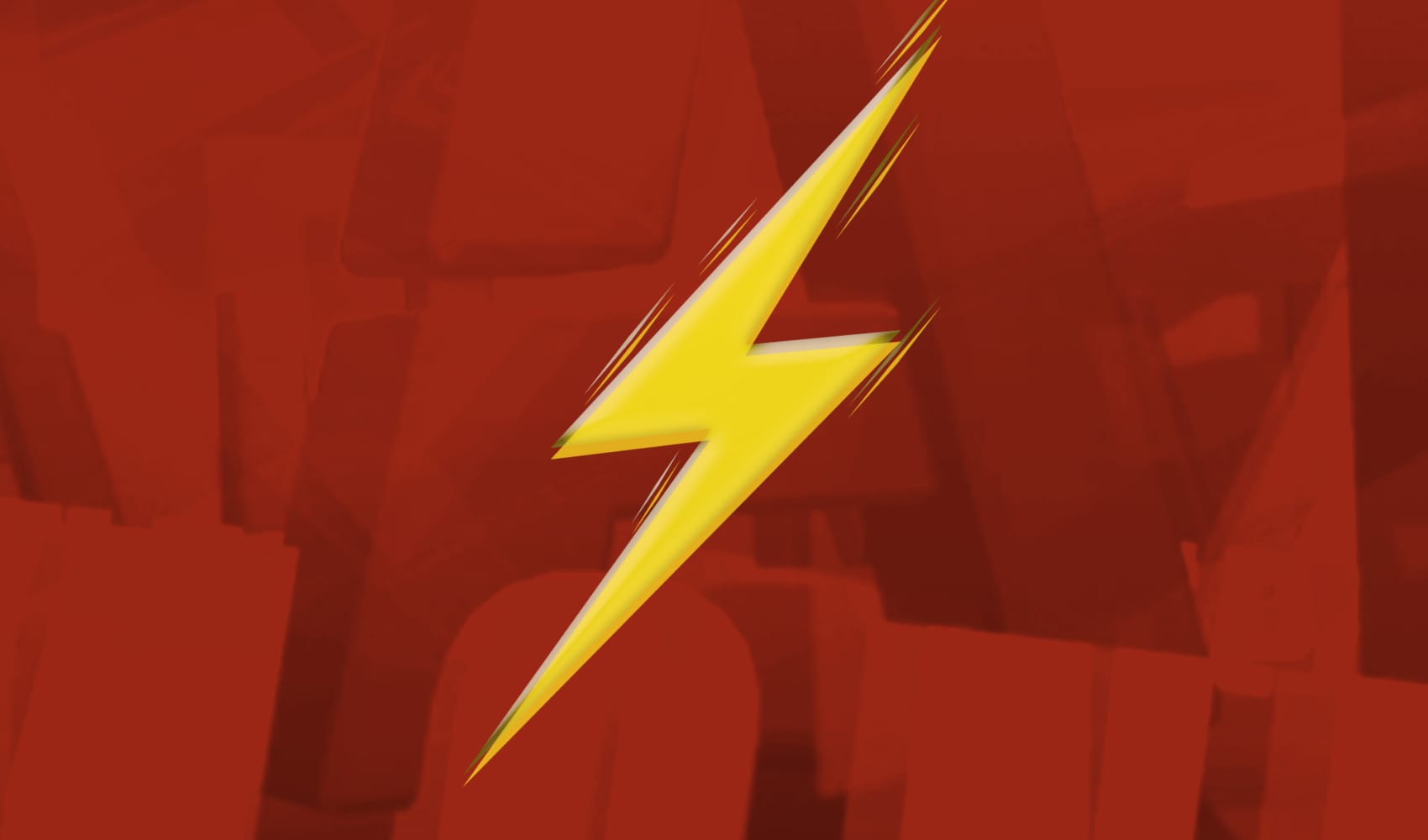
The historic $2.2 trillion stimulus package dramatically expanded unemployment insurance benefits for the millions of workers losing jobs and wages during the coronavirus pandemic. But while the relief bill was signed into law on March 27, it's taken weeks for the U.S. Department of Labor to roll out guidelines to states, which administer unemployment programs, on how to get federal aid to residents.
Worse still, unemployment sites and call centers across the country are largely unable to handle the surge in demand. Roughly 22 million Americans have filed for unemployment within the past month, and many have experienced site crashes, long wait times by phone and a host of other logistical nightmares as bills come due and expenses mount.
CNBC Make It spoke with individuals across the country about their experiences filing for unemployment, including what's helped them get through jammed systems.
First-time claim filers weather site crashes, callbacks that never come
Get top local stories in Philly delivered to you every morning. Sign up for NBC Philadelphia's News Headlines newsletter.
Due to the high volume of activity, many states have started to recommend workers file unemployment claims on a certain day of the week based on last name. Some state offices have hired more call center workers, extended web and phone service hours, and recommended users file at off-peak hours, suggesting they may have better luck getting through systems essentially in the middle of the night.
Tech companies have also stepped in to help states update archaic filing sites.
Google last week launched an application portal to help the state of New York deal with a historic surge in unemployment filings. The company streamlined the original unemployment application from 10 web pages to five, and redesigned the questions and interface in hopes new versions would be more user-friendly. The company said it could potentially bring a similar service to other states.
Money Report
For many people filing for the first time, help has come in the form of Facebook groups moderated by those who've successfully navigated their state's unemployment systems. The New York Times cites one such group, "Unemployment Nevada Information and Help," started by a Las Vegas resident who says 7,000 people joined within a week and submit roughly 200 comments to the page per hour.
Still, first-time filers often face complex and overloaded state systems. In California, where 2.7 million residents have filed for unemployment, Diana Martinez was notified her application submitted on March 26 couldn't be processed because of missing wage information. The 30-year-old retail worker was directed to send a message with updated information through the agency's online portal, and that she'd hear back within seven days. Now at the 12-day mark, she still hasn't heard back and says she has been calling the office's number fruitlessly.
"I understand that they may have tons of calls because of the current situation, but they should at least give us more options to fix any problems online," Martinez says. "This is my first time filing an unemployment application and I hope this is also the last, because the whole process is just exhausting and stressful.
"I am afraid that my unemployment insurance petition will be denied," she says.
Self-employed, freelance and gig workers wonder when they'll see any assistance
Under the relief package's Pandemic Unemployment Assistance (PUA) programs, workers who previously didn't qualify for unemployment, including self-employed, freelance and gig workers, are now eligible to receive coverage.
The U.S. Department of Labor on April 5 issued guidance to states about how to administer this program. Michigan, where roughly 1 million residents have filed for unemployment since mid-March, was one of the first states to open enrollment for self-employed and freelance workers on Monday. A flood of new applications crashed the site, and service was restored by the afternoon.
Michigan's employment office says newly eligible workers who file a claim this week will begin to see federal aid as soon as April 20.
Nick Antonelli, 41, is a self-employed construction worker in Michigan and filed a claim as soon as systems opened for newly eligible workers Monday. After submitting his application, however, he received an email saying he was denied coverage due to a lack of wages. He estimates he's called the unemployment office around 500 times each day since, but never makes it past an automated message in order to reach a live agent.
"I've been in contact with many family and friends that are experiencing the same problems," he says. "Hopefully the Michigan unemployment agency can get this fixed ASAP."
In the meantime, he hopes he's able to return to work by May 1 if government guidance allows some businesses to reopen.
Elsewhere, self-employed and freelance workers are applying for aid but are unsure when they'll see anything deposited into their bank accounts.
Andrew Kim, 41, recently joined the 1.2 million New Yorkers who have filed for unemployment since mid-March. As a freelance photographer losing work because of coronavirus, he knew he'd be eligible for PUA and decided to document his filing experience on YouTube for other freelancers like him.
Kim created an online account with New York's Department of Labor on March 29 but wasn't able to load the site to start a claim that day. He tried again the next, and finally made it past the login page on Tuesday, March 31.
Then, "I'd get to the first page of the application, and the site would log me out due to a 'timed out' error," Kim tells CNBC Make It. "Then it wouldn't load the homepage at all."
After he refreshed the page, the system directed him to re-start his application from page one of 10. He'd try again, get to page four, or six, or one, then be timed out yet again.
"I did that maybe 100 times," Kim continues. "It was frustrating, but I think I was expecting it, so I was in a bit of a zen mindset mindlessly clicking through."
He says he created a separate text document with his filing information typed out so he could copy and paste it into the right fields of the application, which helped him get through faster.
Kim was finally able to submit his application that day and received a confirmation number for his claim. However, "as of now when I log in, it says my benefit is $0 and the application is still pending." On Friday, he received an email from the state office to complete a follow-up PUA form in order to begin receiving benefits.
Until that's resolved, Kim certifies his unemployment claim every week so that when he does start receiving payment, it will be backdated to the time he lost work due to the pandemic.
He tested the filing process again after New York updated its unemployment site and found it to be a much more streamlined system. He's hopeful others are finding it to be a better experience than his own.
Workers who've gotten through start to see $600 weekly benefit
Some individuals were able to get through their state unemployment systems, especially if they filed before the March 27 passing of the stimulus bill. In some states, workers are beginning to see federal aid trickle in.
The Labor Department published guidelines on April 4 regarding Pandemic Unemployment Compensation, which provides $600 per week in federal aid on top of state-administered benefits until July 31. States were alerted they could draw from federal funding for this program starting April 7, according to The Wall Street Journal, though it will still vary by state when residents will actually start receiving boosted payments.
Yayra Hosi, 22, saw federal aid come through her unemployment benefits last week. She's one of more than 400,000 Kentucky residents who've filed for unemployment with the state in the past month. Hosi was able to submit her claim on March 20 after losing her job as a waitress. Her claim was processed by late March (after passing the employer protest period), and Hosi was able to claim benefits the week after.
"From the day I filed to actually claiming my benefit took about 15 days," Hosi explains. She received her first state-administered unemployment benefit on April 8 and a separate $600 federal aid check on April 11.
Hosi says she was familiar with navigating the unemployment system in Kentucky — in 2008, she helped her mother file for unemployment when she lost her job during the Great Recession.
"I'm the child of an immigrant, so I've always had to understand the legal jargon and super confusing wording these government websites tend to have," Hosi says. "But for people who haven't been in this situation before, it's a big problem."
She also understood based on previous experience that Kentucky pays unemployment claims on a bi-weekly basis: "It takes longer, so you have to be patient."
Hosi says she's glad to be through the unemployment system but worries for other workers, especially those without internet access and online resources.
"The state unemployment systems and interfaces need a huge overhaul and need to be upgraded immediately," Hosi says. "We've had high unemployment before, and we should be prepared for systems to handle it, especially for the most vulnerable populations — it makes it harder for them to continue with their lives when they're not getting paid."
Check out: The best credit cards of 2021 could earn you over $1,000 in 5 years
Don't miss:






